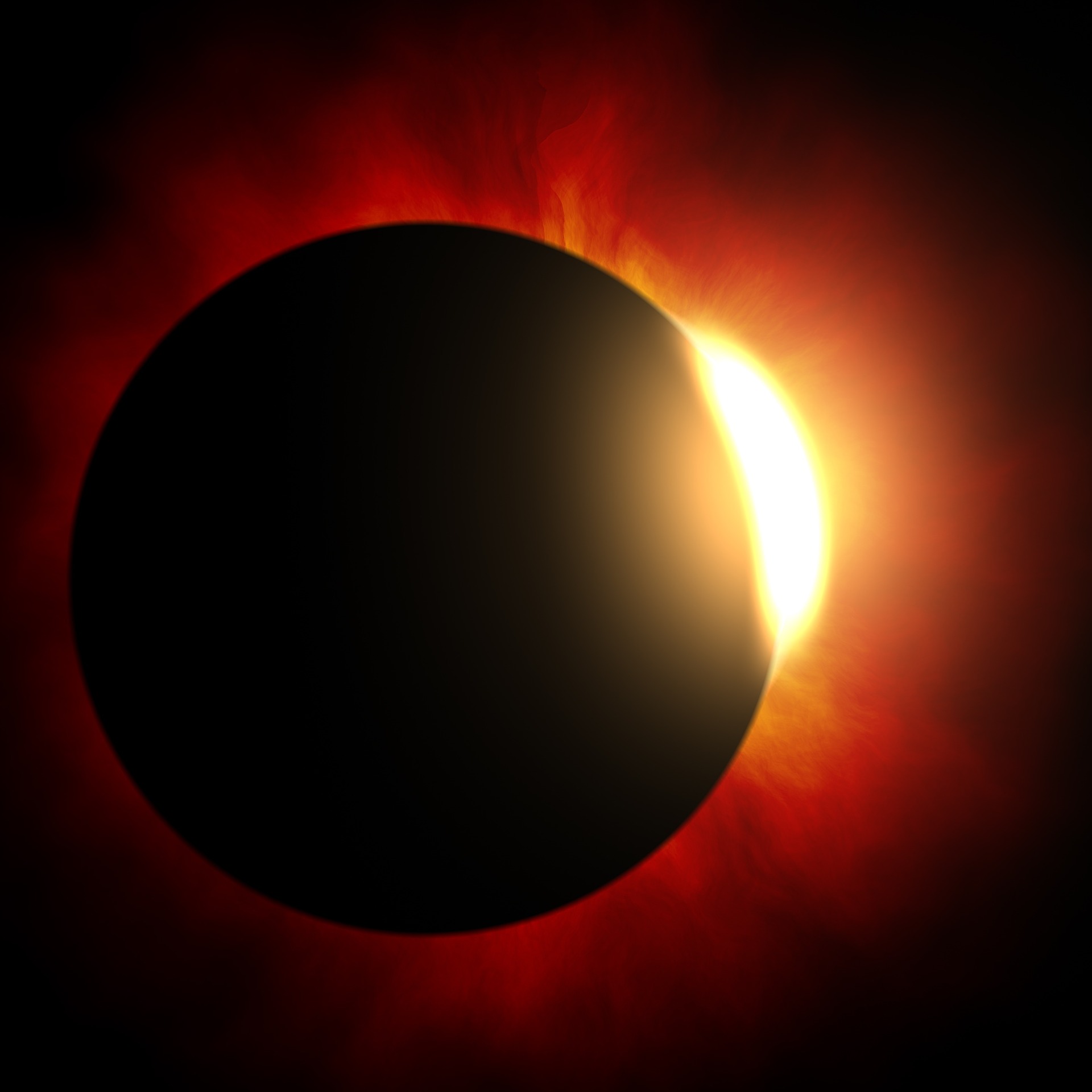Prepare for an annular total solar eclipse with a ‘ring of fire’

Mark your calendars for October 14, 2023, as the celestial stage is set to reveal a spellbinding event – a ‘ring of fire’ – in the form of an annular total solar eclipse. According to NASA, this astronomical phenomenon will be visible to millions across the globe as the event passes through the sky.
The eclipse will traverse the northwestern United States, sweep through Mexico and Central America, and culminate its journey in South America before exiting over Brazil. Even if your location doesn’t fall within the annular eclipse path, there’s still a chance to witness a partial solar eclipse, provided favorable weather conditions prevail.

The Moon, in its elliptical orbit around Earth, experiences variations in its distance from our planet. Sometimes, it draws a tad closer, while at other times, it retreats slightly farther away. It is during these periods, when the Moon interposes itself between the Sun and Earth while nearing its apogee (farthest point from Earth), that the stage is set for an annular eclipse. The Moon, being comparatively distant, appears smaller in the sky than the Sun, resulting in a striking “ring of fire” effect. Significantly, the Sun remains partially visible during this occurrence, so astronomers suggest you to wear a suitable eye protection throughout the eclipse.
In contrast, during a total solar eclipse, like the much-anticipated 2024 Solar Eclipse, the Moon approaches Earth closely enough to envelop the Sun’s radiant face entirely. This alignment plunges regions in the eclipse’s path into an eerie midday darkness for a brief but captivating moment.
Observing an annular eclipse mostly depends on weather conditions and your geographical location. A clear sky is a must to witness this celestial event in all its glory. However, even when clouds obscure the view, the unusual daytime darkness associated with eclipses will delight not only human observers but also the co-dwellers of this natural world. Birds seek their roosts, bees return to their hives, and even turtles emerge from their aquatic abodes in response to this transient celestial phenomenon.
To experience all phases of an annular eclipse, including the ethereal “ring of fire,” you should position yourself within the eclipse’s path of annularity. For those unable to do so, there’s still an opportunity to partake in this cosmic spectacle virtually. NASA invites you to join engaging conversations with scientists and offers telescope views from various locations across the United States via their YouTube channel, starting at 10:30 a.m. CT on October 14, 2023.


